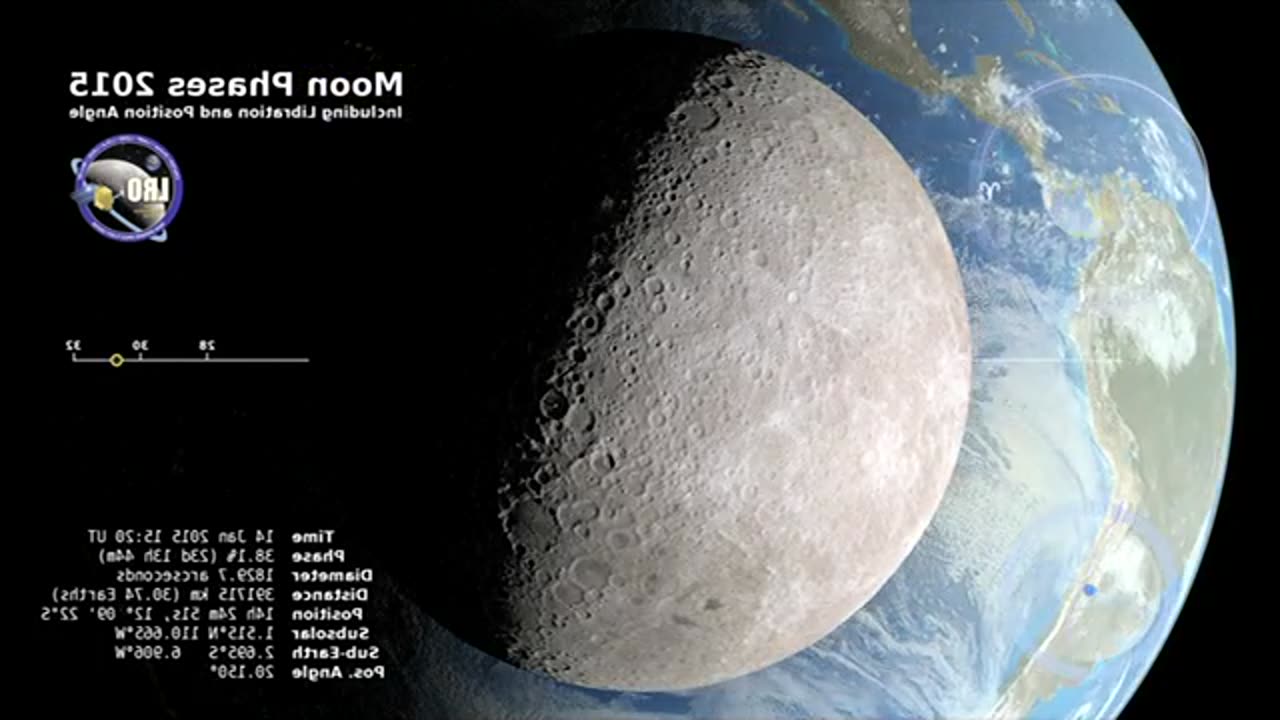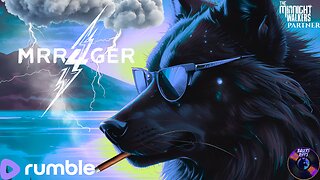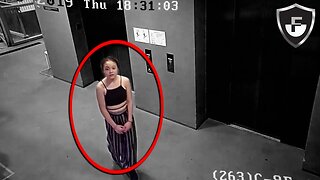Premium Only Content

Moon Phase and Liberation from the Other Side
A number of people who've seen the annual lunar phase and libration videos have asked what the other side of the Moon looks like, the side that can't be seen from the Earth. This video answers that question. (Update: The video was selected for the SIGGRAPH 2015 Computer Animation Festival.)
Just like the near side, the far side goes through a complete cycle of phases. But the terrain of the far side is quite different. It lacks the large dark spots, called maria, that make up the familiar Man in the Moon on the near side. Instead, craters of all sizes crowd together over the entire far side. The far side is also home to one of the largest and oldest impact features in the solar system, the South Pole-Aitken basin, visible here as a slightly darker bruise covering the bottom third of the disk.
The far side was first seen in a handful of grainy images returned by the Soviet Luna 3 probe, which swung around the Moon in October, 1959. Lunar Reconnaissance Orbiter was launched fifty years later, and since then it has returned hundreds of terabytes of data, allowing LRO scientists to create extremely detailed and accurate maps of the far side. Those maps were used to create the imagery seen here.
-
 LIVE
LIVE
The Official Steve Harvey
12 days ago $5.07 earned24 HOURS OF MOTIVATION w/ STEVE HARVEY
468 watching -
 25:56
25:56
DeVory Darkins
20 hours ago $0.66 earnedTrump drops ULTIMATE BOMB on Democrat Mayors as ICE makes SHOCKING Announcement
40.6K162 -
 3:36:30
3:36:30
TonYGaMinG
5 hours ago🟢 ABI WITH FRIENDS | 🍩JOE DONUTS | 😶 🌫 VLADSGAMINGCARTEL |
21.3K4 -
 21:24
21:24
marcushouse
12 hours ago $0.10 earnedStarship Flight 10: Go or No? 🚀
21.8K12 -
 LIVE
LIVE
MrR4ger
17 hours agoSUNDAY FUNDAY w/ R4GER - VARIETY / DIABLO 4/ FOR HONOR / ETC?
96 watching -
 5:40
5:40
WhaddoYouMeme
3 days ago $0.28 earnedThey’re Calling This the End of Masculinity
26.8K30 -
 15:24
15:24
Tactical Advisor
20 hours agoBest 2011 of 2025 | Bul Armory Ultralight Pro
34.2K2 -
 27:31
27:31
True Crime | Unsolved Cases | Mysterious Stories
2 days ago $0.18 earnedThe Hong Kong Schoolgirl Mystery – 5 Mysterious Unsolved Cases (Part 8)
21K4 -
 7:19
7:19
China Uncensored
1 day agoChina is DONE in the South China Sea
17.1K48 -
 5:17:07
5:17:07
Joe Donuts Live
7 hours ago🟢 Loot Rats Unleashed: Arena Breakout Chaos! | Joe + Tony + Vlad
27.5K1